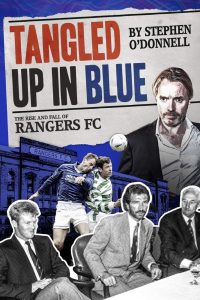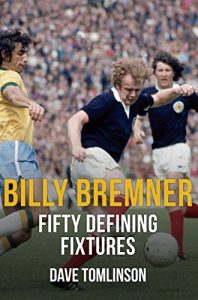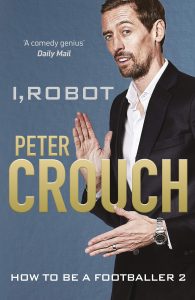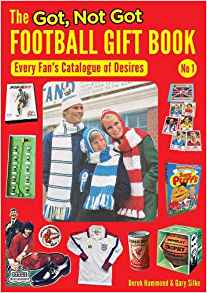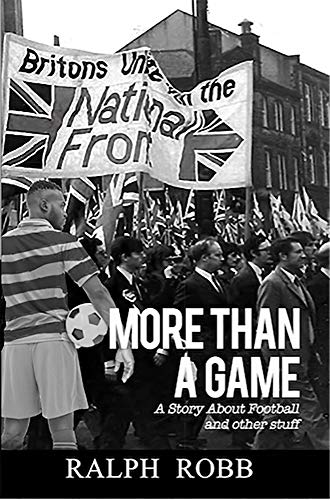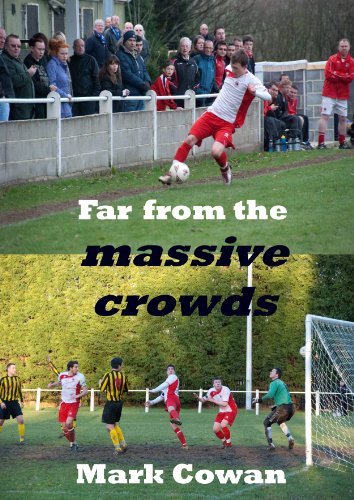Book Review: The Long, Long Road to Wembley by Dave Roberts
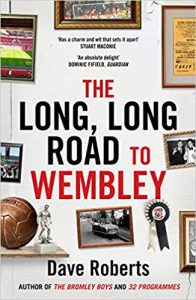 Following his previous football titles, The Bromley Boys, 32 Programmes and Home and Away, Dave Roberts brings us his latest offering, The Long, Long Road to Wembley. Once again at the heart of his book, is his beloved club, Bromley FC.
Following his previous football titles, The Bromley Boys, 32 Programmes and Home and Away, Dave Roberts brings us his latest offering, The Long, Long Road to Wembley. Once again at the heart of his book, is his beloved club, Bromley FC.
This time the inspiration for another excellent tale of the Lillywhites, is a framed picture of the Bromley skipper carried shoulder-high by his teammates, celebrating the 1948/49 FA Amateur Cup win at Wembley against Romford, which the young Roberts remembers adorning the tea-bar at Bromley in his early years supporting the Club. The image inspires in Roberts the desire to see his side repeat that journey and so begins the story as the sub-title of the book details, One man’s fifty-year journey towards his ultimate football dream.
The book is divided into two parts, the first (covering nine chapters) finds the author excitedly anticipating the 1968/69 FA Amateur Cup draw and takes readers through to 1979 and a visit to Wembley, at the Arena, rather than the twin-towers of the stadium, for a five-a-side competition involving a number of Isthmian league teams. During that time the FA Amateur Cup was ended in the 1973/74 season as the FA abolished the amateur status, with the FA Trophy beginning in 1969/70 and becoming the senior competition for non-league clubs. Whatever the title though of the tournament, Bromley never go near a return during that period to walking up Wembley Way.
One of the great strengths of Roberts writing is that it isn’t just tales of events on the pitch, and it brought a smile to the face to read of the author’s growing pains in the first part of the book. Readers are treated to Roberts in his Bryan Ferry phase, resplendent in white suit and smoking French cigarettes, Disque Bleu, from a black holder ivory, through to his punk transformation, black bin liner et al. with a tale of a near fatal experience with a three-wheeler, thrown in for good measure.
Part two covers the period from the end of the 1970s up to the 2017/18 season, as Roberts moves around the UK and even has spells abroad in New Zealand and United States, limiting his visits to Bromley’s home ground, Hayes Lane. Of the remaining eight chapters (and Epilogue), five are dedicated to the 2017/18 season, as Bromley, now a National League side, make another assault on reaching a Wembley Final.
Once again, the author in this book has captured what it is like to be a non-league fan, capturing the bond that exists at that level between its players, volunteers and die-hard fans. It also reminds us that as fans we should never give up on our dreams, and that despite all the ups and downs, our teams are in our blood.
(Unbound, August 2019. Paperback 212pp)

